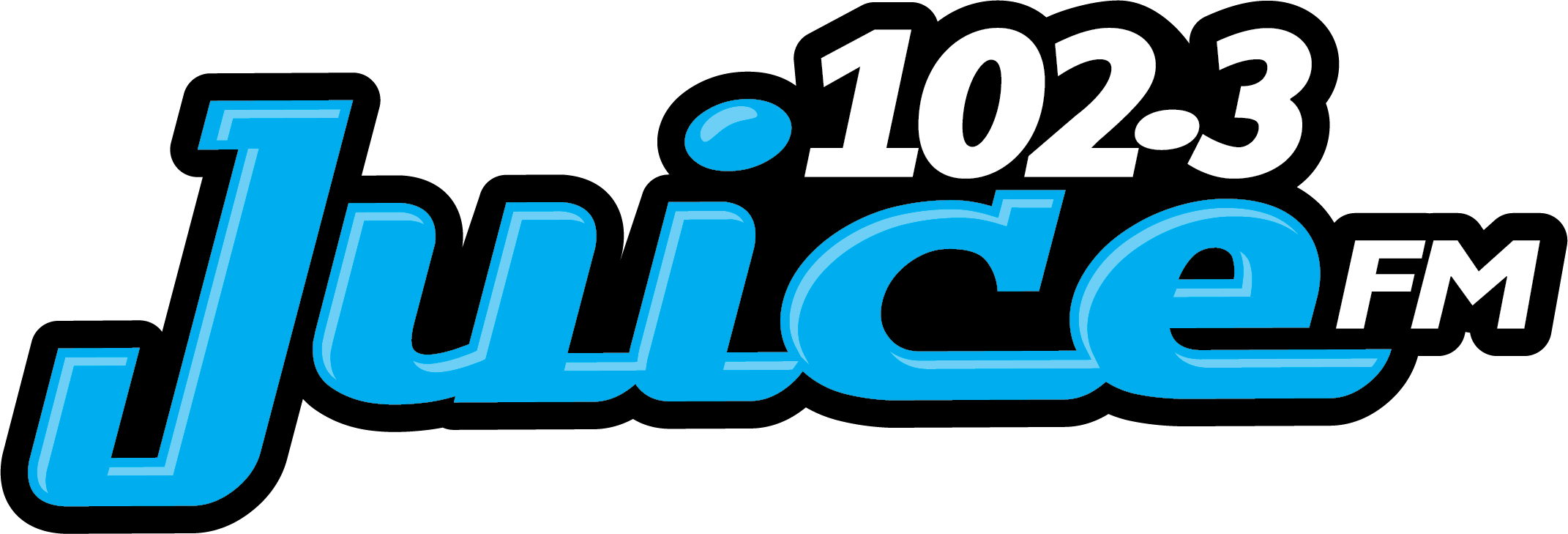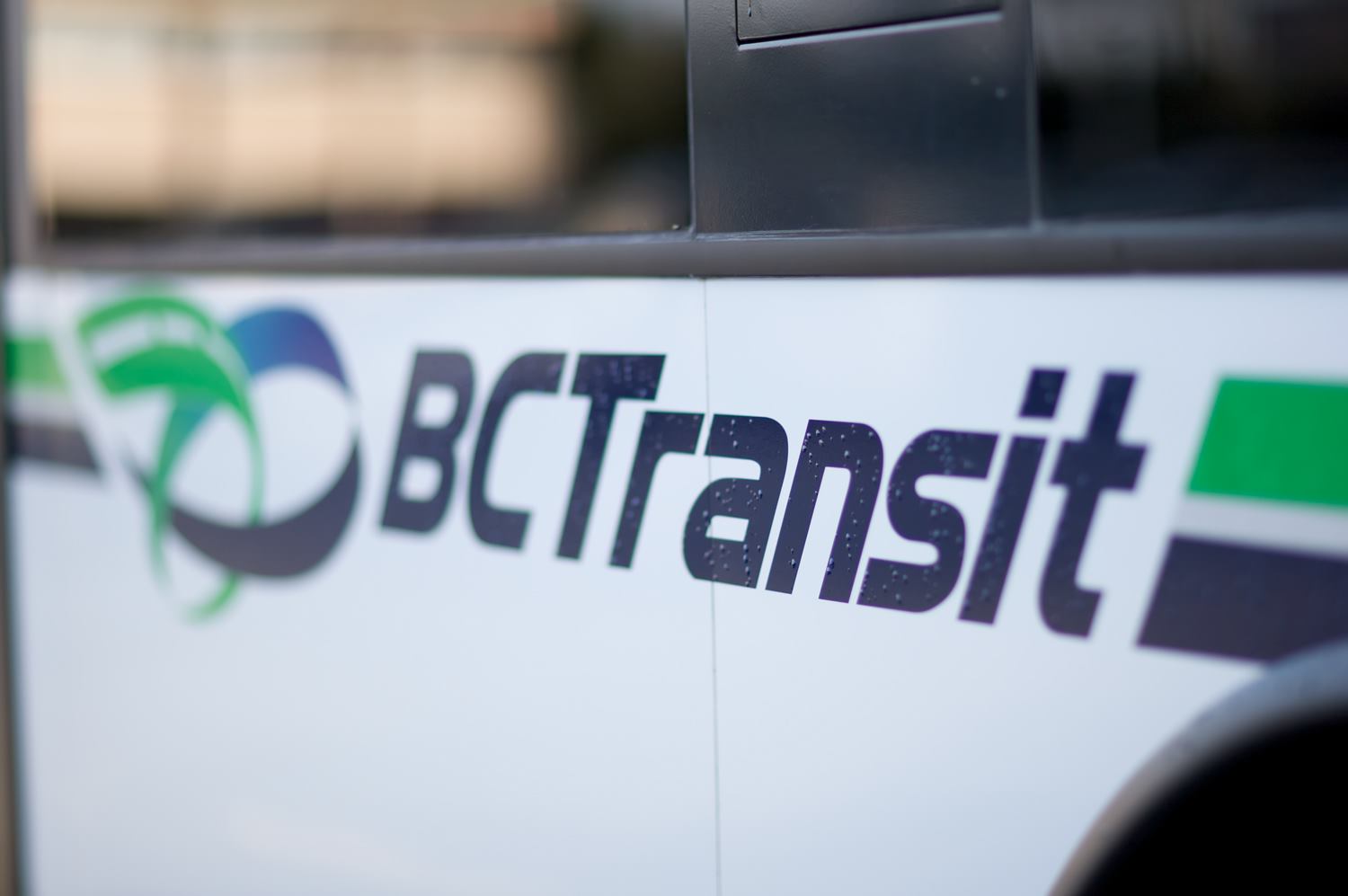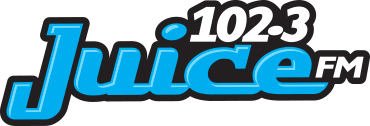Boundary residents will be asked to approve increasing the funding limit for the local transit service to keep it operating at current levels.
The Regional District of Kootenay Boundary is expected to roll out a counterpetition process, probably in October, seeking voter assent.
Last year the board increased its funding ceiling by 25 per cent to $62,500 per year for the service, but a staff report says despite that, projections show it needs to go much higher to cover a long-term shortfall.
They expect by 2027 they will need over $105,000 to run the service, which provides a couple of trips on Fridays between Grand Forks and Greenwood and on-demand service within Grand Forks on Mondays, Wednesdays, Thursday, and Fridays, although trips have to be booked in advance. There’s also a health connections bus to help people between Grand Forks and Rock Creek access non-emergency medical appointments.
Raising the tax limit any further requires approval from ratepayers. Participants in the service are the cities of Grand Forks and Greenwood, Area D (rural Grand Forks), and portions of areas C (Christina Lake) and E (West Boundary).
Those in favour don’t have to do anything, but those opposed need to sign a form saying so. If 10 per cent are against, a referendum would be required to raise the taxation limit. However, the exact number of signatures required hasn’t yet been determined.
Residents who object will have a month to sign, but the exact dates for the process have not been established because it needs provincial approval first, which is expected to take six to eight weeks.
An open house in Grand Forks and mailouts will be part of the process.
Deputy chief administrator James Chandler said the higher tax rate is to maintain service levels while anticipating slow growth and progressive cost increases.
“It’s about preparing for future capacity,” he said.
“We’re trying to look five years ahead and see what might this cost us because we can only increase requisitions at a certain frequency and to a certain amount. It doesn’t reflect exactly what the service will do or cost next year, but it’s giving us that capacity.”




